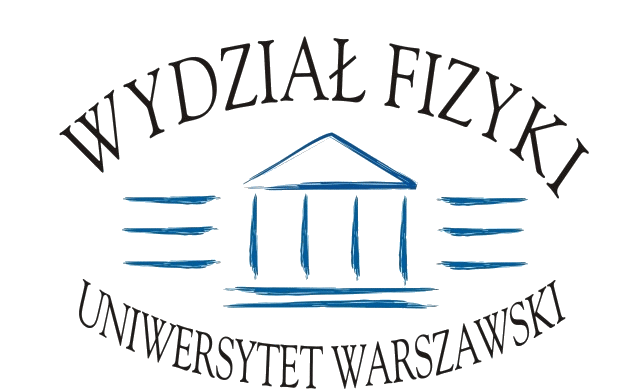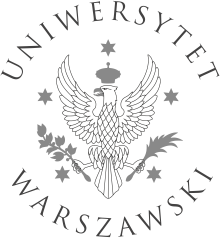Konwersatorium im. Jerzego Pniewskiego i Leopolda Infelda
2025-11-27
W najbliższy poniedziałek, 1 grudnia 2025 r. o godz 11.00 w sali 0.06 odbędzie się Konwersatorium im. Jerzego Pniewskiego i Leopolda Infelda Wydziału Fizyki UW.
Wykład zatytułowany:
"The art of bookbinding: uncovering the secrets of old masters with non-invasive 3D imaging"
wygłosi
dr hab. Chiara Mazzocchi, Wydział Fizyki Uniwersytetu Warszawskiego.
Podczas wykładu usłyszymy o zastosowaniu nowoczesnych metod naukowych w procesie konserwacji średniowiecznych książek - na przykładzie księgi godzin królowej Szkocji Marii Stuart. Książka ta, mierząca zaledwie 4,8 cm × 3,5 cm, jest najmniejszą iluminowaną księgą godzin z okresu średniowiecza. Warto podkreślić, że uzyskamy informacje z pierwszej ręki, gdyż dr hab. Chiara Mazzocchi była bezpośrenio zaangażowana w badania prowadzone w ramach prac konserwatorskich.
Wykład odbędzie się w języku angielskim.
Przed Konwersatorium, od godz. 10.30, zapraszamy na nieformalne dyskusje przy kawie i ciastkach w holu przed salą 0.06.
Kolejne Konwersatorium odbędzie się w 19 stycznia 2026.
Zapraszamy i pozdrawiamy,
Barbara Badełek
Jan Chwedeńczuk
Jan Suffczyński
Abstract:
"The art of bookbinding: uncovering the secrets of old masters with non-invasive 3D imaging"
dr hab. Chiara Mazzocchi, Wydział Fizyki Uniwersytetu Warszawskiego
Cultural heritage conservation relies more and more on the support of scientificanalysis, in particular by using techniques that are non-invasive. This is a fundamental characteristic when dealing with unique artworks of the utmost historical and/or artistic importance. In order to study the structure of the binding of a book, in particular when the book cannot be easily opened without damaging it, the cover needs to be takenapart. Such invasive method is not applicable in the case of precious and uniquehistorical books. An alternative and, most importantly, non-invasive method tounderstand the structure of the binding without dismounting the cover is to exploit imaging by means of X-rays, which are highly penetrating and don’t cause any damage. Namely, computed tomography (CT), in particular micro-CT, can be applied in such studies. Micro-CT can then be used to study the book structure, in particular thespine, as support for conservation work, to provide an insight before physically touching the book and intervening on it. In this pilot study, the method was used to support conservation work on the prayer book of Mary Stuart, Queen of Scots. It is a delicate, illuminated manuscript on vellum, written in Latin and French, made first for the Abbess ofFontevraud, who donated it to Mary Stuart, her niece. Following a rebinding in the late 18th/early 19th century, pages were misplaced, some are missing, and it was no longer possible to open the book to more than about 30 degreeswithout damage to the binding and the pages. The results of the analysis conducted in the framework of the book conservation will be discussed.





